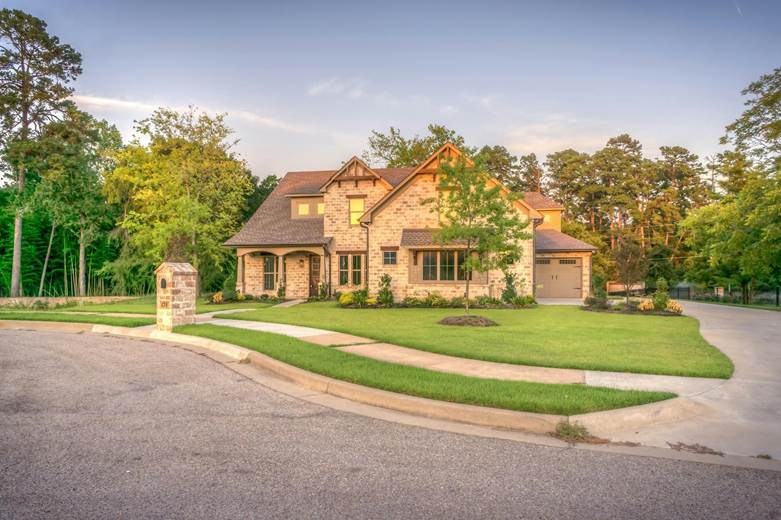Exterior remodeling is one of the most impactful investments a property owner can make. Not only does it enhance curb appeal, but it also improves functionality, energy efficiency, and long-term property value. Unlike interior upgrades that may only appeal to a homeowner’s personal taste, exterior changes are instantly visible to the public and often define the first impression of a property. From the roofline to the landscaping, every element contributes to how welcoming, modern, and well-maintained a building appears.
Achieving the right balance in exterior remodeling requires more than just choosing new paint colors or replacing siding. It involves understanding the structure’s architectural style, local climate, neighborhood context, and even the goals of the property owner. Below are key considerations to keep in mind when planning an exterior remodel.

Choosing the Right Materials for Longevity
The materials selected for exterior remodeling are crucial to both aesthetics and durability. Options such as fiber cement siding, brick, stone veneer, and engineered wood all offer different advantages. Brick and stone, for example, provide timeless beauty and incredible durability, while fiber cement offers versatility with less maintenance. Roofing materials play a major role, with asphalt shingles being budget-friendly, while metal or slate roofs deliver decades of resilience.
Climate is a major factor in this decision-making process. In regions with high humidity, materials resistant to mold and rot are essential. In areas prone to storms, impact-resistant roofing and siding can save thousands in repair costs. Property owners should weigh initial investment against long-term maintenance when deciding which materials are right for their project.
Partnering with the Right Professionals
While some cosmetic updates can be handled through DIY efforts, larger exterior remodeling projects often demand professional expertise. Consider Arch Exteriors or another reputable remodeling company that brings experience, industry knowledge, and an understanding of local building codes. A skilled contractor can recommend cost-effective solutions without compromising quality and help avoid costly mistakes that arise from cutting corners.
Beyond construction quality, working with professionals ensures that the remodel is cohesive with the home’s existing architecture. A professional team can blend modern upgrades with the original style, maintaining visual harmony while introducing new efficiencies. They can help secure the right permits and navigate local regulations, which are often overlooked in DIY projects.
Balancing Functionality with Aesthetics
Exterior remodeling isn’t only about appearances; it’s about how well the property functions for its occupants. Adding energy-efficient windows can enhance insulation and lower utility bills, while strategically placed exterior lighting improves safety and usability at night. Replacing old doors with modern insulated ones improves security while reducing drafts.
Aesthetics and functionality should work hand in hand. A homeowner might love the idea of expansive glass doors, but without proper shading or glazing, they could increase energy costs. On the other hand, a sleek new driveway or porch design enhances curb appeal and adds convenience for everyday use. Striking this balance ensures the remodel brings both beauty and practicality to the property.
Enhancing Outdoor Living Spaces
Modern homeowners increasingly value outdoor living areas as extensions of their interiors. Decks, patios, pergolas, and landscaped gardens provide functional areas for entertaining, relaxation, and family activities. Incorporating durable, low-maintenance materials into these spaces maximizes their long-term usability.
Water features, outdoor kitchens, and fire pits can elevate these spaces, making them usable year-round. At the same time, simple enhancements like comfortable seating areas, privacy screens, and improved lighting can transform a backyard into a retreat. Exterior remodeling that prioritizes outdoor living improves quality of life and boosts property value significantly.
Energy Efficiency and Sustainability
Today’s exterior remodeling projects often integrate eco-friendly choices. Installing solar panels, using recycled or sustainable materials, and investing in energy-efficient roofing or siding options are just a few ways to create a greener property. These investments don’t just benefit the environment; they reduce utility bills and enhance long-term property appeal to potential buyers.
Landscaping choices play a role in energy efficiency. Planting shade trees near windows can reduce summer cooling costs, while native plants require less water and upkeep. Sustainable design ensures that a property remains functional, appealing, and cost-effective for years to come.
Adding Value Through Curb Appeal
First impressions matter if resale value is a consideration. Fresh paint, a new roof, clean walkways, and updated landscaping can dramatically change how a property is perceived. Small details like modern house numbers, updated light fixtures, and well-maintained fencing contribute to a polished look.
Curb appeal is about visual impact and about creating a welcoming atmosphere. Homes with strong curb appeal tend to sell faster and at higher prices compared to properties that look neglected. Even small, budget-friendly updates can pay off significantly when it comes to property value.

Exterior remodeling is about more than just updating appearances; it’s about creating a property that is durable, functional, and welcoming. From choosing the right materials and contractors to incorporating sustainable design and enhancing outdoor living spaces, each decision plays a role in the outcome. Partnering with trusted professionals and balancing beauty with practicality ensures that the remodel meets immediate goals and continues to provide benefits for years to come.









